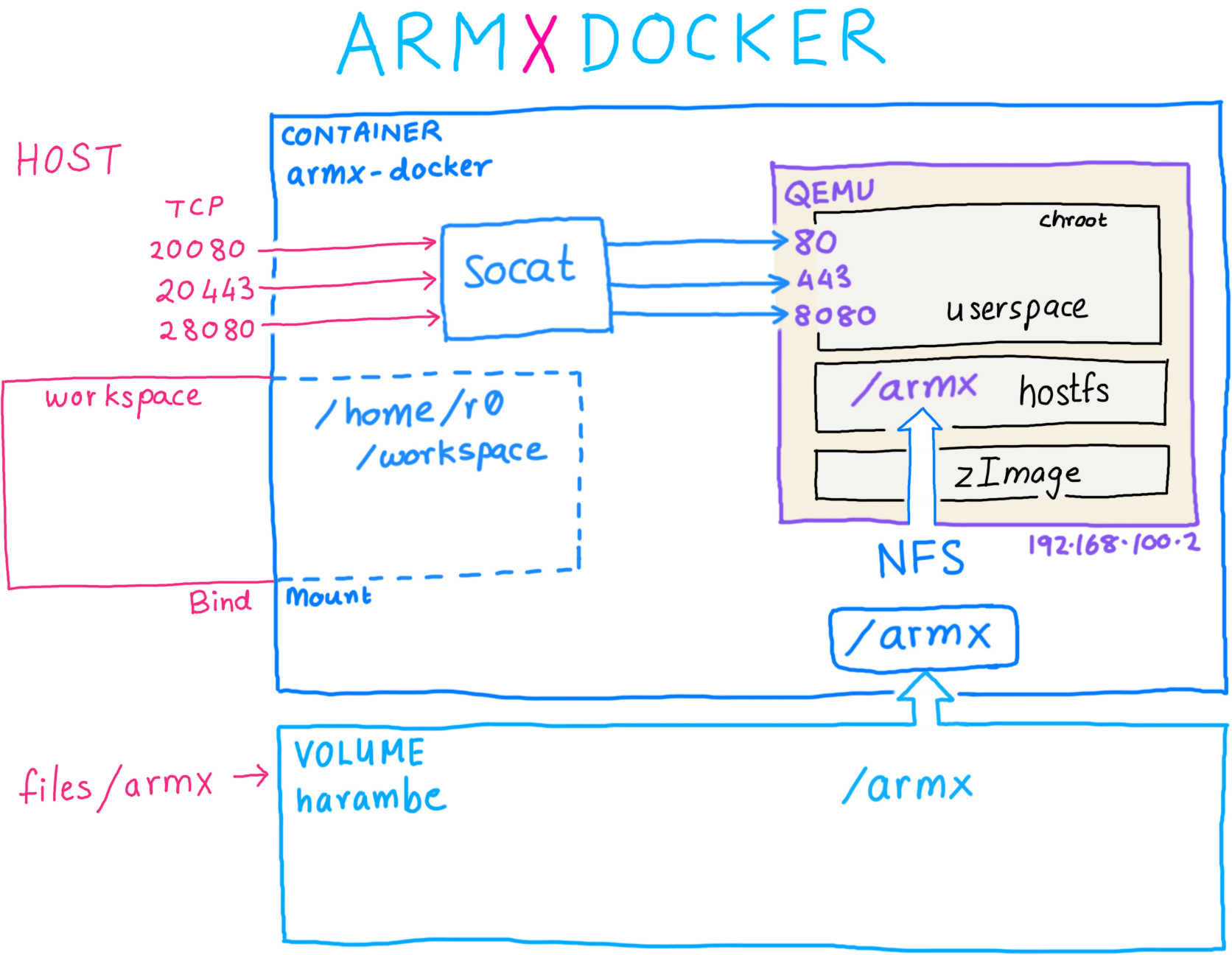In a significant move for developers and tech enthusiasts alike, Docker has announced the addition of native support for Arm-based systems. This development marks a pivotal moment in the world of containerization, as it allows users to leverage the power and efficiency of Arm architecture directly within their Docker environments. With the growing popularity of Arm processors in cloud computing and edge devices, this enhancement opens up new possibilities for building and deploying applications across diverse platforms.
In the following sections, we will delve deeper into the implications of Docker’s native support for Arm-based systems. You will learn about the technical advantages this brings, including improved performance, reduced resource consumption, and enhanced compatibility with a wide range of devices. Additionally, we will explore how this update can streamline your development workflow and facilitate the deployment of applications in mixed-architecture environments.
Whether you are a seasoned developer or just starting your journey in the world of containerization, understanding the impact of this update is crucial. We will also provide practical tips on how to get started with Docker on Arm-based systems, ensuring you can take full advantage of these new capabilities. So, stay with us as we unpack the exciting features and benefits that Docker’s native support for Arm-based systems brings to the table!
Understanding Arm Architecture
Arm architecture is a family of computer processors that are widely used in mobile devices, embedded systems, and increasingly in servers. The architecture is known for its energy efficiency and performance, making it a popular choice for developers looking to optimize their applications. With Docker’s native support for Arm-based systems, developers can now leverage this architecture to build and deploy applications that are not only efficient but also scalable.
The introduction of native support means that developers can create Docker images specifically optimized for Arm processors. This is particularly beneficial for IoT devices and edge computing scenarios where resource constraints are a significant consideration. By utilizing Arm architecture, developers can ensure that their applications run smoothly on a variety of devices, from smartphones to powerful servers.
Benefits of Docker on Arm-based Systems
One of the primary benefits of Docker’s native support for Arm-based systems is the ability to run lightweight containers that consume fewer resources. This is crucial for environments where performance and efficiency are paramount. Docker containers can be deployed on Arm servers, allowing organizations to reduce their infrastructure costs while maintaining high performance.
Additionally, the compatibility of Docker with Arm architecture opens up new opportunities for developers to innovate. They can now create applications that are portable across different hardware platforms, ensuring that their software can run seamlessly in diverse environments. This flexibility is essential for modern development practices, where cloud-native applications are becoming the norm.
Use Cases for Arm-based Docker Containers
Docker containers running on Arm-based systems can be utilized in various scenarios, including cloud computing, edge computing, and IoT applications. For instance, in cloud environments, organizations can deploy Arm-based servers to handle workloads that require high throughput and low latency. This is particularly useful for applications that process large amounts of data in real-time.
In the realm of IoT, Arm-based devices are prevalent due to their low power consumption. By using Docker containers, developers can create microservices that run on these devices, enabling efficient data processing and communication. This approach allows for the development of scalable IoT solutions that can adapt to changing demands and environments.
Getting Started with Docker on Arm
To get started with Docker on Arm-based systems, developers need to install Docker Engine on their Arm devices. The installation process is similar to that on x86 systems, but it is essential to ensure that the correct version of Docker is used. Once installed, developers can begin creating and running containers tailored for Arm architecture.
Creating Docker images for Arm can be done using multi-architecture builds, which allow developers to specify the target architecture in their Dockerfiles. This feature simplifies the process of building images that can run on both Arm and x86 systems, enhancing the portability of applications across different environments.
Challenges and Considerations
While Docker’s native support for Arm-based systems presents numerous advantages, there are also challenges to consider. One of the main issues is the availability of pre-built images for Arm architecture. Not all software vendors provide Arm-compatible images, which can limit the options for developers looking to deploy specific applications.
Additionally, performance optimization may be required when transitioning applications from x86 to Arm. Developers need to test their applications thoroughly to ensure that they perform as expected on Arm architecture. This may involve profiling and tuning applications to take full advantage of the unique features of Arm processors.
Future of Docker and Arm Architecture
The future of Docker and Arm architecture looks promising, with increasing adoption of Arm-based systems in data centers and cloud environments. As more organizations recognize the benefits of Arm’s energy efficiency and performance, the demand for Docker containers optimized for Arm will likely grow.
Furthermore, the ongoing development of Arm technology, including advancements in processor design and capabilities, will continue to enhance the performance of Docker containers. This evolution will enable developers to create even more powerful and efficient applications, solidifying Docker’s role in the modern software development landscape.
| Feature | Description |
|---|---|
| Introduction | Docker has introduced native support for ARM-based systems, allowing developers to build and run containers on ARM architecture seamlessly. |
| Benefits | This support enhances performance and efficiency for applications running on ARM devices, which are increasingly popular in cloud computing and IoT. |
| Compatibility | Developers can now create multi-architecture images that can run on both x86 and ARM systems without additional configuration. |
| Use Cases | Common use cases include deploying applications on Raspberry Pi, AWS Graviton processors, and other ARM-based servers. |
| Getting Started | To get started, developers can use the Docker CLI to build ARM images and push them to Docker Hub for easy distribution. |
| Community Support | The Docker community is actively contributing to the development of ARM-based images, ensuring a wide range of applications are supported. |
| Future Prospects | With the growing adoption of ARM architecture, Docker’s support is expected to expand, providing more tools and resources for developers. |



